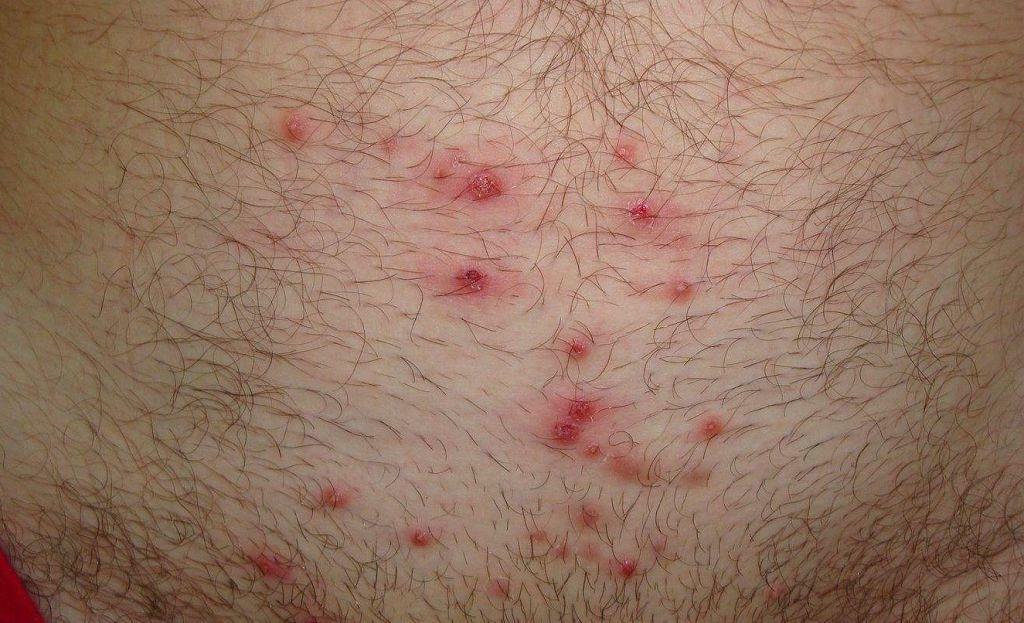Dysentery - an infectious disease characterized by loss of the large intestine, the intoxication of the organism as a whole. Called by bacteria of the genus Shigella, so the second name of the disease - shigellosis.
Overview
Dysentery attributed to the widespread prevalence of the disease. Particularly problematic to its treatment in the developing world, where the living conditions of the majority of the population do not meet basic hygiene standards, water treatment does not work or is not sufficient. With a high population density increases the risk of an epidemic. Relatively simple staging symptoms and treatment of dysentery makes the disease more predictable.
Any unforeseen events - migration, armed conflict, natural disasters - also increase the incidence of shigellosis.
The first record relates dysentery I century BC. e. Syrian physician A. Cappadocia called her bloody diarrhea strained.

Causes
The only reason dysentery - Shigella bacteria. Their source may be a sick person, food or contaminated water. The greatest danger are people who suffer from mild symptoms of shigellosis with erased, as well as representatives of certain professions. For example, workers in the food industry or water systems.
Patient infectious disease during the first hours to 10 days. If there is a period of convalescence, up to 3 weeks.
The mechanism of transmission of the pathogen - oral-fecal and path - water, food-contact or household. Carriers of the disease can be flies and cockroaches. Outbreaks of the disease are recorded more often in the summer.
Once in the intestine, bacteria introduced into the epithelial cells. Penetrates the macrophages, it multiplies them, leading to their apoptosis (death regulated). Produces endo- and exotoxin.
Classification
Known 4 kinds of Shigella bacteria that cause shigellosis:
- dysenteriae (Grigoriev-Shigi);
- flexneri (Flexner);
- boydii (Boyd);
- sonnei (sonnei).
Shigella dysentery first identified by Japanese scientist Kiyoshi Shiga, in honor of him and it got its name. The most resistant to external influences Shigella sonnei, the least - dysentery.
According to the severity of dysentery symptoms are acute and chronic. Acute divided into typical (when the process is localized in the large intestine) and atypical (with the involvement of the small intestine, sometimes the stomach). Chronic divided into continuous and recurrent.
According to the severity of dysentery are divided into:
- easy;
- average;
- heavy;
- very heavy.
symptoms of dysentery
The incubation period lasts from 1 to 7 days in children can be reduced to a few hours. The first main symptoms of dysentery:
- weakness, lethargy;
- fever (in young children - to 40-41ºS);
- headache;
- reduction or loss of appetite.
Then join:
- paroxysmal pain in the stomach, rumbling;
- diarrhea (First release fecal character, then - abundant liquid, their volume, an admixture of mucus, blood veins further decreases);
- painful frequent urge to defecate - tenesmus;
- tachycardiaLowering blood pressure.

If in addition to the colon infection is actively developing in the small intestine and stomach symptoms complemented by nausea, vomiting, dehydration and profuse watery stools.
Diagnostics
Frequent scanty stool with blood - the main symptom of dysentery. To confirm the diagnosis, your doctor may prescribe:
- bacteriological examination of feces, it is simple and does not take much time;
- serological survey, ie detection of antibodies to the pathogen;
- PCR (polymerase chain reaction) - to identify genes of bacteria in the feces.
dysentery treatment
A mild form of the disease can go on their own. dysentery treatment in most cases can be conducted on an outpatient basis under appropriate hygienic conditions. Hospitalization is indicated:
- children under 1 year;
- To old people;
- in the presence of concomitant illnesses;
- in the case of epidemiological necessary (e.g., boarding).
Specialist prescribes:
- agents against dehydration (various salt solutions and mixtures of electrolytes);
- sorbents;
- antibiotics;
- eubiotiki (to reduce the side effects of antibiotic therapy and quickly restore the normal microflora);
- antispasmodics.
An important place in the complex therapeutic measures takes diet. It is necessary to prevent further irritation of the intestinal mucosa. Therefore, the diet included only lean meat (grinded), boiled vegetables, low-fat broth soups with grits, eggs in the form of steam omelet. Products excluded fat, carbohydrate, and lead to flatulence.

prevention
In the prevention of dysentery a clear emphasis on compliance with hygiene standards:
- At home: washing hands before meals, after a walk, going to the toilet; teaching young children hygiene; use only clean water; swimming in safe open water.
- In the food industry, trade: compliance with the rules of the preparation, sale and storage of products.
- In public places to work in groups (especially children) workers should be allowed after obtaining negative test results on Shigella; sick children in the team is not allowed.
- The water supply and sewerage systems: monitoring state of water sources, its purification, disinfection and wastewater disposal.
- In hospitals: disinfection of bedding, personal belongings of the patient shigellosis; cleaning of sewage.
Forecast
In most cases, if the treatment of dysentery started on time, favorable prognosis. There comes a full recovery, chronicity rare. If the disease is in a severe form, may develop complications: dehydration, goiter, rectal prolapse, kidney failure, Intestinal bleeding, bacteremia.
With long-term course of the disease the patient is observed asthenia - weakness, fatigue, cachexia.
Found a bug? Select it and press Ctrl + Enter



